Fast fitness – it’s all about intensity
Want to transform your health? Quick, vigorous workouts are better than long, slow ones.
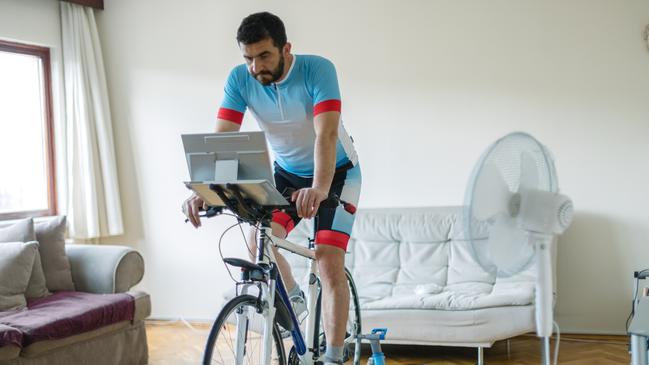
When it comes to health gains, it matters more how much effort you put in and how breathless you become while working out than how long you spend doing it. That’s the message from researchers at the universities of Cambridge and Leicester who last week published findings in the European Heart Journal that proved exercise intensity trumps duration, for your heart at least.
Using data on more than 88,000 middle-aged adults - participants in the UK Biobank - who wore fitness trackers to monitor their activity for a week, the researchers totted up the amount of vigorous activity, such as running and strenuous cycling, they did, compared with the minutes of moderate exercise completed, such as walking. They then tallied this information with the number of heart attacks, strokes and cases of heart disease experienced by the participants over the next seven years.
Any regular exercise has a protective effect on the heart, but the more vigorous, the better, says Tom Yates, professor of physical activity, sedentary behaviour and health at the University of Leicester and a senior author on the paper. “We found that heart disease rates were 14 per cent lower among people who did one fifth of their total activity at a moderate to vigorous intensity compared with people who managed half that amount of intense physical effort each week.”
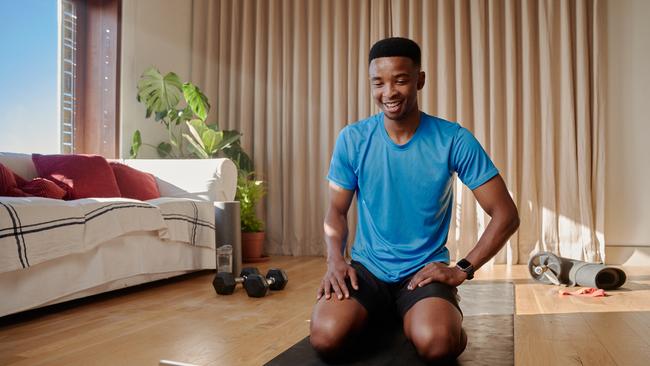
For those who hardly broke sweat when they exercised, there was little improvement in rates of heart disease, but for those who increased their time spent doing vigorous exercise by 20 per cent, disease risk fell by 23 per cent.
“Our message is that you are much better off walking briskly at a pace of at least 100 steps per minute for seven minutes than you are walking slowly for 15 minutes,” Yates says. “If you are time-strapped, then make sure the activity you do entails physical effort and you can cut the duration.
“We use the example of walking because it is something that most people can easily fit in to their lifestyle. But whether you are running, cycling or doing other forms of exercise, the harder you work, the greater the return.” Here are some fast fitness options:
THREE SECONDS
Activity: Biceps curl, Gains: Improved arm muscle strength
Even if resistance training feels like a chore, you might be convinced to stick with it if you need to spend only three seconds a day lifting weights. For a recent trial, Professor Ken Kazunori Nosaka, director of exercise and sports science at Edith Cowan University in Australia, asked reluctant exercisers to perform a very brief biceps curl exercise with heavy weights - the maximum they could each lift - on Mondays to Fridays for four weeks.
One group was asked to perform an “eccentric” lift of the weight, meaning they lowered it down from the shoulder to their thigh (while standing) so that the elbow joint was forcibly extended; a second group did a “concentric” version of the exercise, which involved doing the opposite movement, ie slowly lifting the weight upwards from the front of the thigh; and an “isometric” group held the weight in place at the midpoint between shoulder and horizontal. A control group did nothing. In total the weights groups completed 20 sessions (a monthly total of 60 seconds; the experiment was on one arm only) and all saw improvements in arm strength.
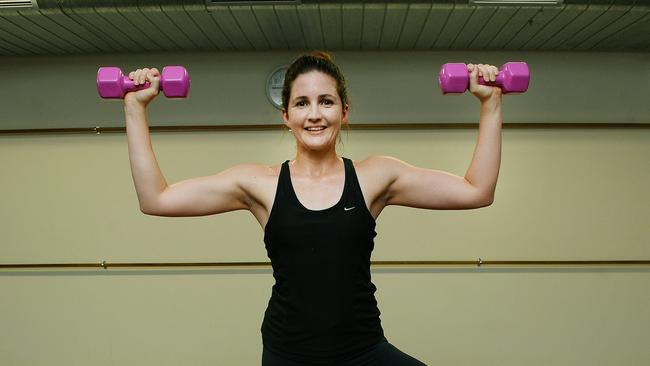
Most effective was the eccentric biceps curl, which resulted in arm muscles 11.5 per cent stronger than at the start (the others achieved strength gains of 6 to 7 per cent). Nosaka says his research shows “that a very small amount of exercise stimulus - even 60 seconds in four weeks - can increase muscle strength”.
20 SECONDS
Activity:Stair climbing, Gains: Cardio fitness and leg power
Brisk walking or running up a flight of stairs for 20 seconds (followed by a walk back down) three times a day - a daily total of 60 seconds - can produce significant fitness gains, according to exercise scientists at McMaster University in Canada. Six weeks of doing this and no other exercise daily saw participants in the study working their heart and lungs enough to produce 5 per cent improvement in aerobic fitness.

Since stair climbing also uses the hamstrings, calf muscles, quadriceps and glutes, there were also significant increases in leg power. Aiming for a rate of one step per second or 20 seconds per flight of stairs was the target. “Powering up flights of stairs a few times a day is an excellent addition to any exercise routine,” says John Brewer, professor of sports and exercise science at the University of the West of Scotland.
60 SECONDS
Activity:Exercise bikem, Gains: Blood sugar control and general fitness
Martin Gibala, a professor of kinesiology at McMaster University, is one of the leading researchers into the benefits of micro-workouts. In one of his early and ground-breaking trials on high-intensity interval training (HIIT) he showed how a 60-second exercise session comprising three 20-second flat-out “sprints” on an indoor bike produced almost identical gains to a 45-minute moderate-intensity bike ride in a group of previously sedentary men.
After 12 weeks of doing one or the other workout three times a week, both the short and the long-duration exercisers had better insulin resistance and blood sugar control, beneficial adaptations to muscle fibres that helped them to use and burn energy, and a 20 per cent increase
“If you like the idea of this type of HIIT, you need to bear in mind that it must be absolutely full-on effort for the duration,” Brewer says. “In the long term it is the kind of activity that will maintain and improve health, although you will need to add volume to progress your fitness.” You need to factor in a two-minute warm-up and three-minute cool-down on the bike.
2 MINUTES
Activity:Walking after a meal, Gains: Reduced blood sugar
Walking after eating aids digestion and can also reduce blood sugar spikes that, over time, can predispose you to type 2 diabetes. And just two minutes of doing it might trigger some benefits, according to a review of seven studies carried out this year by Aidan Buffey, a sport and exercise science student from the University of Limerick.
“Just standing up for a few minutes after a meal is better than staying seated as it will lower blood glucose levels, but light walking is much more effective,” Buffey says of his findings, published in the journal Sports Medicine. “A post-meal stroll also helps to improve insulin control and possibly help with the prevention of type 2 diabetes in the long term.”
Elsewhere, exercise scientists at George Washington University found that taking a short 15-minute walk after each daily meal was better for preventing blood sugar spikes in people at risk of type 2 diabetes than a single 45-minute walk each day.
5 MINUTES
Activity: Moderate walking, Gains: Mood boost and reduced hunger pangs
Do you sit at your desk for hours on end? By getting up for five minutes every hour you could reduce fatigue levels, boost your mood and cut food cravings, according to researchers reporting in the International Journal of Behavioural Nutrition and Physical Activity.
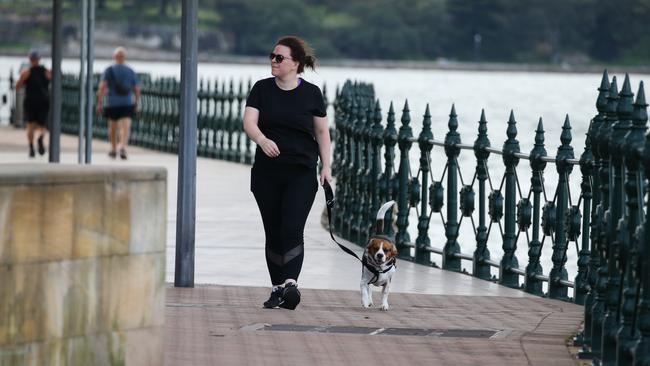
“Even very brief movement breaks can help to offset some of the risks of long-term sitting such as raised blood sugar and cholesterol levels,” Brewer says. “Aim to stand up and move at least every hour.”
10 MINUTES
Activity:Running, Gains:Brain function and mood
Any exercise has the potential to boost mental and physical health, but running is a particularly potent way to boost mood. Just ten minutes of jogging at a moderate pace - enough to make you breathe fairly hard - was shown by Japanese researchers to increase blood flow to the bilateral prefrontal cortex, the area of the brain that immediately helps to control mood and “executive function”, the mental processing that enable us to focus, remember and multitask.
Hideaki Soya, a researcher in exercise biochemistry and sports neuroscience at the University of Tsukuba, says that our brains are required to co-ordinate balance, movement and forward propulsion as we run and this could be the reason why even a short run “promotes both cognition and a pleasant mood”.
11 MINUTES
Activity:Bodyweight circuit, Gains: Fitness gains and leg power
Not everyone needs a lengthy boot camp to get in shape, as Gibala discovered last year when he put 20 unfit men and women in their twenties and thirties through an 11-minute back-to-basics bodyweight circuit that can be performed at home.
Reporting in the International Journal of Exercise Science, the McMaster University scientist described how an updated version of the decades-old “5BX” (or Five Basic Exercises) programme, developed for the Royal Canadian Air Force, resulted in measurable fitness improvements.
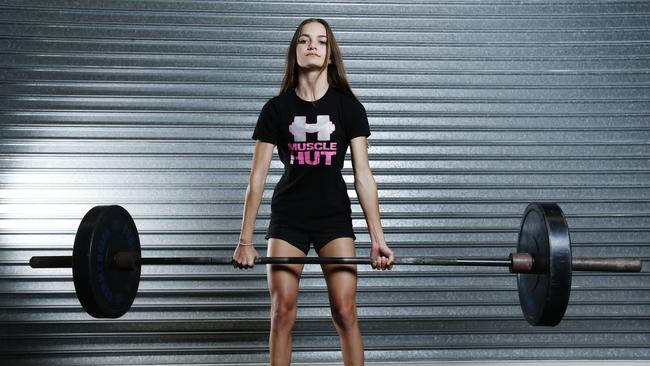
It comprises a warm-up followed by a circuit of 60-second bursts of no push-up burpees, high knee running on the spot (twice), split squat jumps and squat jumps, interspersed with 60 seconds of walking on the spot.
Doing this three times a week for six weeks led to a 7 per cent spike in aerobic fitness, enough to reduce the risk for early mortality and chronic diseases, as well as more powerful leg muscles. “It is a practical, time-efficient approach to exercise,” he says.
The Times







To join the conversation, please log in. Don't have an account? Register
Join the conversation, you are commenting as Logout